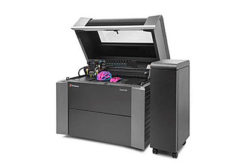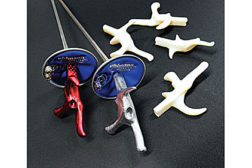DFMA Assembly
Real competitive advantage lies outside of the process of making things.
Read More
3D Printing Myths and Methods
Engineers are intrigued by the potential of this next-generation technology.
July 1, 2014
The Cost of Spending Too Little
Is it possible that a lower cost option could be more expensive?
April 1, 2014
Never miss the latest news and trends driving the manufacturing industry
Stay in the know on the latest assembly trends.
JOIN TODAY!Copyright ©2024. All Rights Reserved BNP Media.
Design, CMS, Hosting & Web Development :: ePublishing










